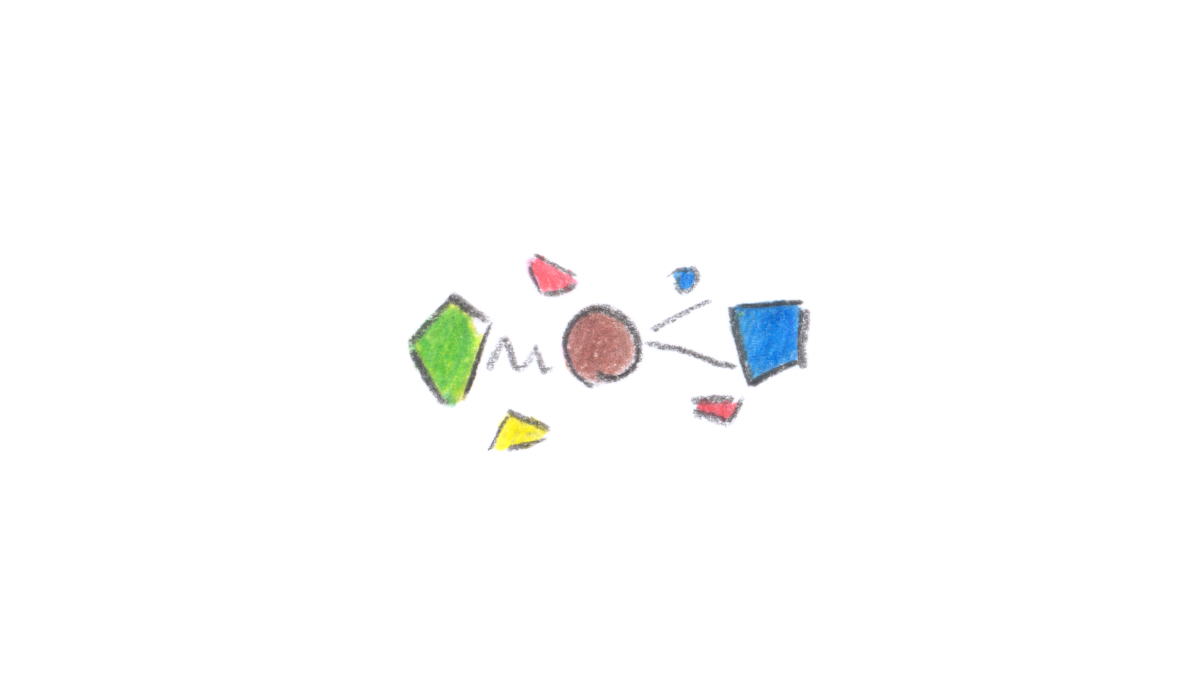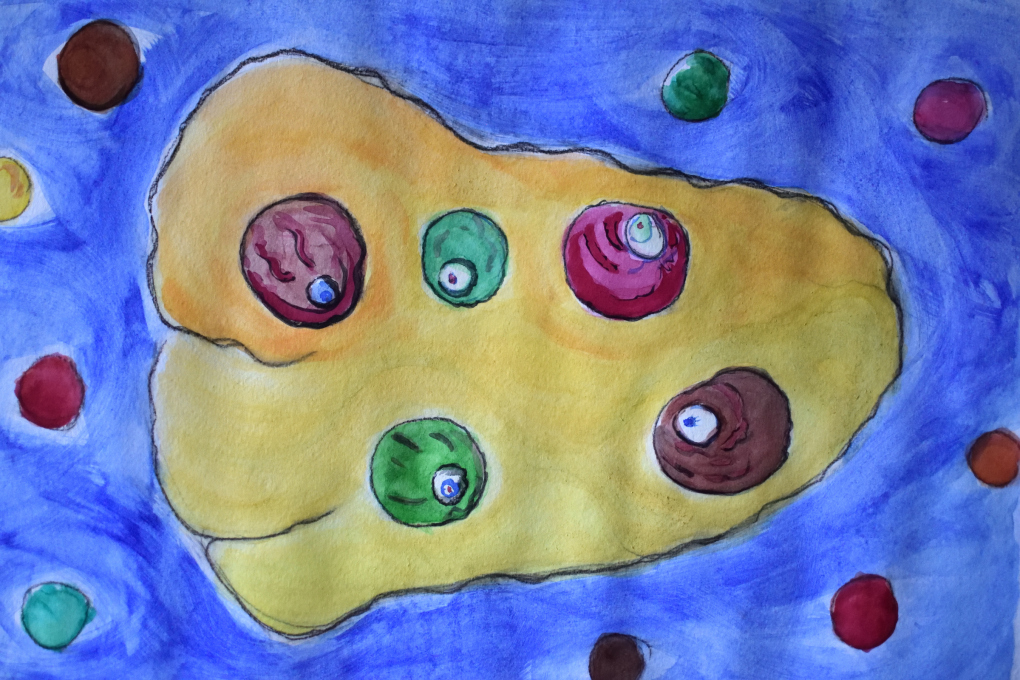Media bias
In recent global events we witness wars and atrocities. Traditional media outlets are still defending certain parties, authoritarian regimes, groups and political figures, narrowing specific agenda. Alternative media tools are becoming the necessity in order to define the new social perception of the future.
The goal - is to distinguish the objective perception, the difference between the biased narration and the facts. AI tools and fact-checking resources are getting developed in parallel with the 'fake news generators'.
Media bias formation:
- organic leaning towards a party (propaganda)
- AI deep fakes
- misconception
- intentional misinterpretation
- opinions
It's not the fake, it's the favouring
The elements of the fake information are technically distinguishable by humans and the machines - it is the favouring and the leaning towards a certain narration, or a political regime that results in accumulation of the mass opinion. It is the logical chain of bias that we have to break in order to distinguish what is true and what is twisted.
Misinformation is still some information, the key word is "some"

Forming mass opinion
When the popular opinion is formed, it is harder to refute it even with the solid facts, for people tend to cool down gradually. Therefore, many authoritarian regimes are a based on the so-called 'traditional' values of the trodden down schemes that feed the lungs of the masses, like oxygen supplying information to the brain. Not a clean oxygen, but still an oxygen.
Something that is natural, traditional and at the same time idealistic - is the way to produce the biased layers of narration. One could simply not confront it, because it is established in the fundamental principals of a nation, rooted down in traditions. Media bias almost always becomes the product of the governmental disease, embedding itself into the principals of good values, defending its false core.
Propaganda levels
On the examples of the authoritarian regimes:
- traditional, racial values of a nation
- historical trace (past war events, past suffering)
- role of historical 'justice'
- current geopolitical role (exceptionalism)
- special role of the authoritarian leader (traditional exceptionalism)
- 'enemies of the state'
- religious mission
- corporate interests (also present in non-authoritarian regimes)
- and finally censorship
Corporate media bias
In non-authoritarian countries, media outlets are also prone to pick sides, variegating from 'left' to 'right', from objective journalism to an utter conspiracy theory, from independent research to corporate agenda, etc.
Driven by financial and political gains, some media outlets may pursue their own agenda, becoming the very-pale version of the foreign authoritarian regime in their own country.
Major outlets are challenged
It is with the help of the decentralized social media platforms that major corporate media outlets receive a tangible competition. By sharing information, challenging narration, breaking the fakes - establishing the objective reality becomes the task. The battle for minds is in the hands of minds. Such tools are growing and younger generations are no longer to be easily fooled by the traditional media.

